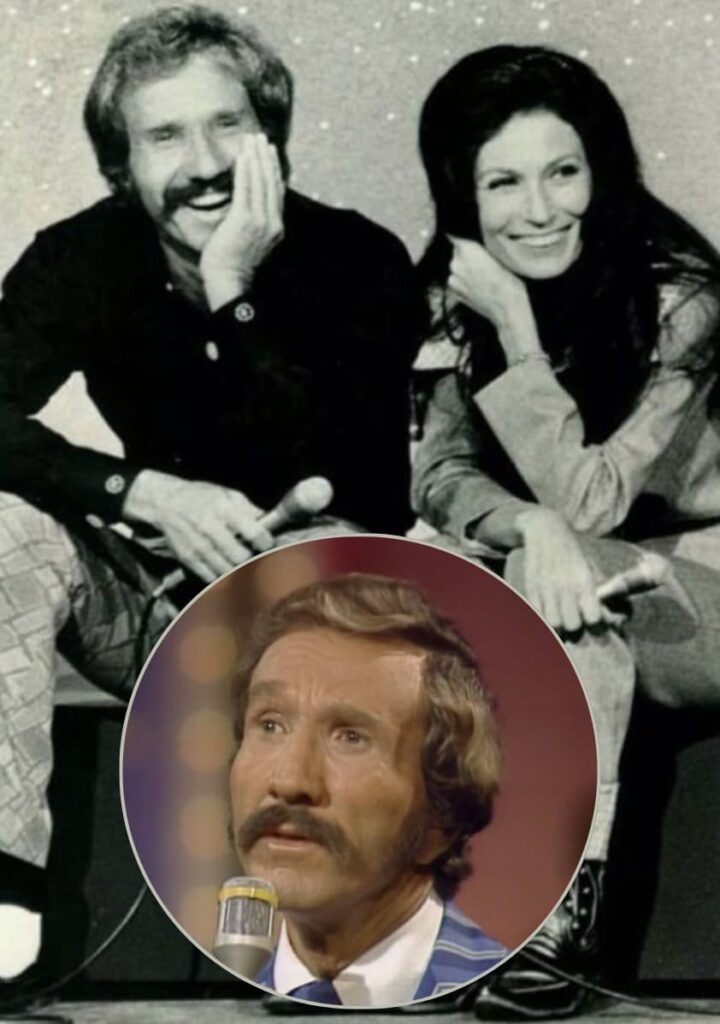
Ruby Ann: A Song of Unrequited Love and Lost Dreams
There are some songs that, no matter how many years pass, have the power to transport you back in time. For many, one such melody is Marty Robbins’ enduring classic, “Ruby Ann.” It’s a tune that resonates with the bittersweet pang of youthful infatuation, the ache of a love that was never meant to be. While it may not have achieved the towering commercial success of some of Robbins’ other hits, “Ruby Ann” still holds a special place in the hearts of those who remember it. The song was a modest chart success upon its release, reaching a respectable No. 29 on the Billboard Hot 100 and No. 11 on the Billboard Country Singles chart in 1962. It was a quieter entry into the public consciousness compared to the bombast of “El Paso” or the dramatic sweep of “A White Sport Coat (and a Pink Carnation),” but its gentle, almost heartbreaking honesty ensured its longevity.
The story behind “Ruby Ann” is as straightforward and poignant as the song itself. Penned by Tompall Glaser, Marty Robbins, and Jim Glaser, it’s a narrative of unrequited love, a common and deeply relatable theme. The song’s protagonist, a young man, is utterly smitten with a girl named Ruby Ann. He paints a picture of her as a captivating figure, a “dream” in every sense of the word. The lyrics, however, are steeped in a sense of wistful resignation. He knows that he can never truly have her; she is a butterfly, a fleeting beauty, always just out of his reach. This isn’t a tale of dramatic betrayal or vengeful heartbreak, but of a quiet, internal sorrow. It’s the kind of ache that many of us have felt, the sting of watching someone you love from afar, knowing that your paths will never truly converge. The song is the sound of a secret kept close to the heart, a memory cherished even if it’s a painful one.
The genius of “Ruby Ann” lies in its simplicity. Marty Robbins’ smooth, crooning voice delivers the lyrics with a perfect blend of longing and acceptance. The musical arrangement is sparse and elegant, with a gentle, loping rhythm that evokes the lazy days of summer. It’s a song that doesn’t need a lot of frills to get its message across. The focus is entirely on the emotional core of the story. You can almost feel the sun on your face and the dust on the road as you listen, picturing the young man leaning against a fence post, watching Ruby Ann from a distance. It’s a song that speaks to a different era, a time when a simple guitar and a heartfelt voice were all you needed to tell a powerful story. It’s a testament to the power of a well-written ballad and a beautifully delivered performance.
For those of us who grew up with this music, “Ruby Ann” is more than just a song; it’s a time capsule. It brings back memories of first crushes, of dances in high school gymnasiums, and of a world that felt both simpler and more profound. It’s a reminder of a time when the world moved a little slower, when a broken heart felt like the end of the world, and when a three-minute song could capture the entirety of that feeling. The song’s enduring appeal lies in its ability to connect with that shared human experience of loving someone you can’t have. It’s a melody that proves that sometimes, the most heartbreaking songs are also the most beautiful, a poignant echo of a time when love and loss were felt with a raw, unfiltered intensity. “Ruby Ann” is a tribute to all the unspoken loves and forgotten dreams, a timeless piece of musical history that continues to resonate with its quiet, unforgettable charm. It reminds us that even in the face of unfulfilled desires, there’s a certain beauty in the memory itself, a cherished scar from a love that once was.